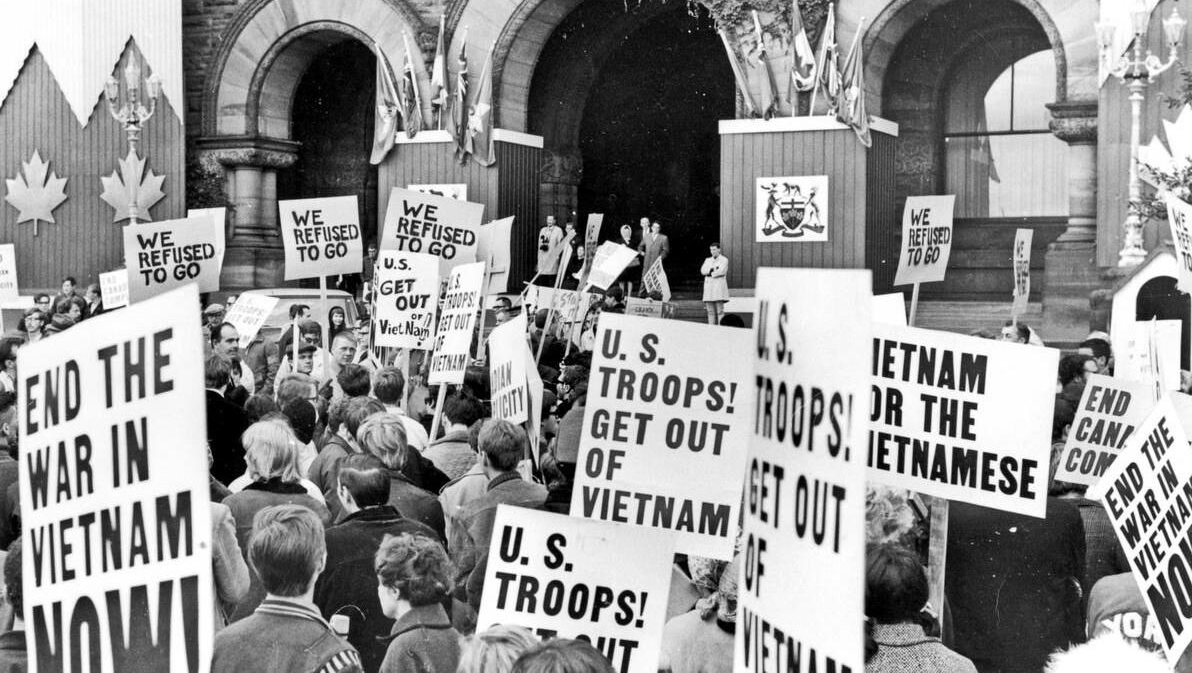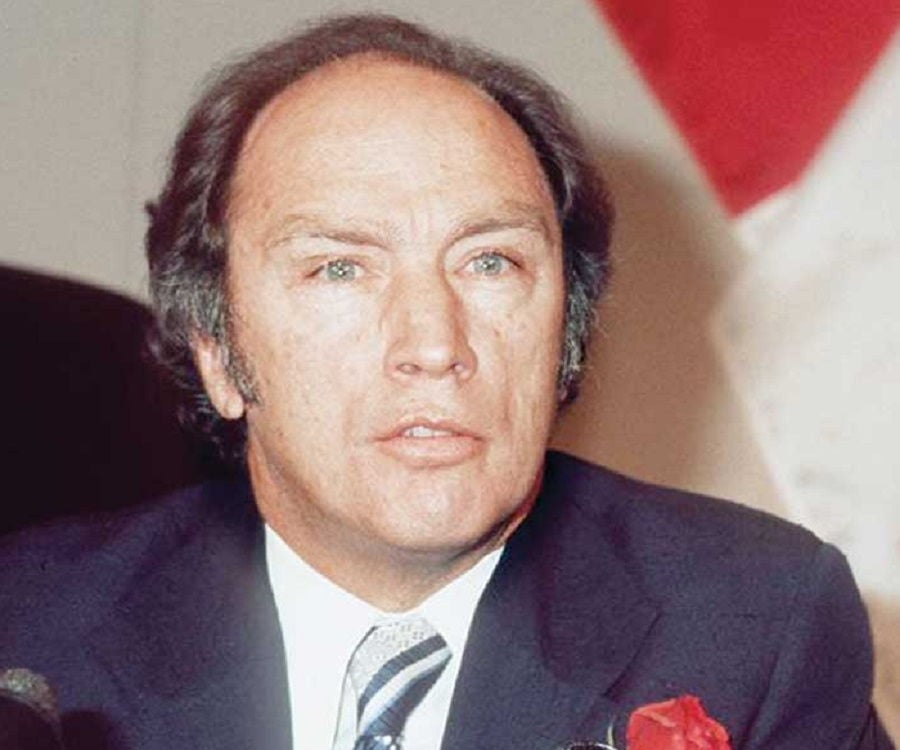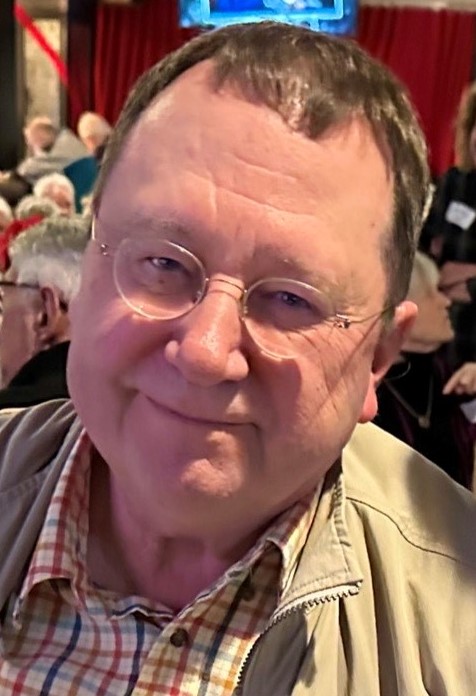
Who Says That Young People Cannot Affect Change
The war in Vietnam was a defining event from the mid-1960s to the mid-1970s for university students in Canada, especially young men, including those of us at Glendon College.
We watched as our American contemporaries were drafted and sent to fight in a war that killed almost 60,000 of them as well as an estimated two million Vietnamese.
As the war dragged on, it became increasingly unpopular and thousands of young men fled the U.S to evade the draft. Many came to Canada as landed immigrants. A smaller number of deserters tried to follow the same path but they had a much tougher time.
That is because Canadian immigration officials were violating our own government’s stated policy by turning them back at the border.
As spelled out on July 12, 1967, by John Munro, then Parliamentary Secretary to the Minister of Immigration, the policy was unambiguous. He told the House of Commons that “an individual’s status with regard to compulsory military service in his own country has no bearing upon his admissibility to Canada, either as an immigrant or as a visitor. Nor is he subject to removal from Canada because of unfulfilled military obligations in his country of citizenship.”
Nevertheless, there was a huge disconnect between the politicians in Ottawa and the public servants at the border.
Many Canadians were outraged. In January 1969, a group of activists met in Toronto to hatch a plan to expose the practice and compel Canada to follow its laws.

The moving spirits were Larry Goldstein (then 27 years old), 1966-67 Editor-in-Chief of Pro Tem, the bilingual newspaper of Glendon College, York University’s oldest student-run publication, Stephen Dewar, a CTV W5 reporter, his wife, Elaine, a York student, and Clayton Ruby and Paul Copeland, two young lawyers.
The group had been given the personal records of an actual U.S. military deserter named William John Heintzelman. Goldstein then recruited five Glendon students to pretend to be Heintzelman and simultaneously test the Canada-U.S. border at five crossings, two at Windsor-Detroit and three along the Niagara frontier.
The students were Jim Weston (20), Graham Muir (19), Chris Wilson (19), John Thompson (20) and I (20). Weston had succeeded Goldstein as Pro Tem Editor-in-Chief in 1967-68, I had succeeded him in the same role in 1968-69 and Muir would succeed me in 1969-70.
We were carefully briefed by the organizers. We researched all immigration regulations to ensure that we qualified in every way as admissible immigrants.
We also made certain our own passports and identification were in order so that if worst came to worst—and it did—we could unmask and prove that we were Canadians who could not be arrested as American deserters.
The five of us also carried letters of explanation that this was a journalistic project being undertaken for Pro Tem.
We launched the operation on Saturday, February 8, 1969. The five of us left Toronto that morning armed with sets of the Heintzelman documents: his birth certificate, as well as legitimate proof of a job offer in Canada and references from a Canadian citizen.
After entering the U.S. at our designated crossings—mine was the Ambassador Bridge linking Detroit and Windsor—we were to turn around and return to the Canadian border. We would simultaneously try to enter Canada as landed immigrants.
Under questioning by Canadian immigration officers, we would eventually “confess” we were deserters and see what happened.
Well, we did and guess what? We were all turned away even though, in my case, the officer told me my education, my job offer and my references gave me more than enough points to earn landed immigrant status.
My admission of deserter status was the sticking point and my rejection came after the officer called his superiors at a place he called “Central” to ask what to do with a deserter.
The answer he received was simple. I was to be escorted back to the U.S side by a Canadian driver and handed over to American authorities.
At that point, I asked to go the washroom where I flushed all the Heintzelman documents down the toilet except for the birth certificate which the Canadian immigration official had retained. He returned it to me when I was handed over to the driver.
The driver, in turn, delivered me to a pair of U.S. border agents.
I gave my real name—Bob Waller—presented my Canadian birth certificate, and asked to be admitted to the U.S.
The agents frisked me. They found the Heintzelman birth certificate as well as my Canadian passport and the letter of introduction from Pro Tem.
Their supervisor made a phone call and I heard him say: “This seems to be the guy but he’s carrying a lot of Canadian identification.” At one point he said “Thank you, Central.” (I wondered whether it was the same “Central” the Canadian officer had consulted and mused silently to myself about collusion.)

The Americans gave me a rejection slip and sent me back to Canada. I was met by a testy Canadian immigration officer who accused me of fraud, misrepresentation and public mischief before admitting me.

The plan had worked. It garnered a lot of media coverage and stirred up public opinion. We had demonstrated that Canadian immigration officials were not following official government policy regarding the fair treatment of U.S. deserters.
The government of Pierre Trudeau finally stopped the illegal and hypocritical practice a few months later—on May 22, 1969.
While Immigration Minister Allan MacEachen took “a dim view of the impersonation tactics” we had used, he reaffirmed to Parliament that “membership in the armed service of another country, or desertion, will not be a factor in determining the eligibility of persons applying for landed immigrant status in Canada.”

CovertAction Magazine is made possible by subscriptions, orders and donations from readers like you.
Blow the Whistle on U.S. Imperialism
Click the whistle and donate
When you donate to CovertAction Magazine, you are supporting investigative journalism. Your contributions go directly to supporting the development, production, editing, and dissemination of the Magazine.
CovertAction Magazine does not receive corporate or government sponsorship. Yet, we hold a steadfast commitment to providing compensation for writers, editorial and technical support. Your support helps facilitate this compensation as well as increase the caliber of this work.
Please make a donation by clicking on the donate logo above and enter the amount and your credit or debit card information.
CovertAction Institute, Inc. (CAI) is a 501(c)(3) non-profit organization and your gift is tax-deductible for federal income purposes. CAI’s tax-exempt ID number is 87-2461683.
We sincerely thank you for your support.
Disclaimer: The contents of this article are the sole responsibility of the author(s). CovertAction Institute, Inc. (CAI), including its Board of Directors (BD), Editorial Board (EB), Advisory Board (AB), staff, volunteers and its projects (including CovertAction Magazine) are not responsible for any inaccurate or incorrect statement in this article. This article also does not necessarily represent the views the BD, the EB, the AB, staff, volunteers, or any members of its projects.
Differing viewpoints: CAM publishes articles with differing viewpoints in an effort to nurture vibrant debate and thoughtful critical analysis. Feel free to comment on the articles in the comment section and/or send your letters to the Editors, which we will publish in the Letters column.
Copyrighted Material: This web site may contain copyrighted material the use of which has not always been specifically authorized by the copyright owner. As a not-for-profit charitable organization incorporated in the State of New York, we are making such material available in an effort to advance the understanding of humanity’s problems and hopefully to help find solutions for those problems. We believe this constitutes a ‘fair use’ of any such copyrighted material as provided for in section 107 of the US Copyright Law. You can read more about ‘fair use’ and US Copyright Law at the Legal Information Institute of Cornell Law School.
Republishing: CovertAction Magazine (CAM) grants permission to cross-post CAM articles on not-for-profit community internet sites as long as the source is acknowledged together with a hyperlink to the original CovertAction Magazine article. Also, kindly let us know at info@CovertActionMagazine.com. For publication of CAM articles in print or other forms including commercial internet sites, contact: info@CovertActionMagazine.com.
By using this site, you agree to these terms above.
About the Author

Bob Waller graduated with a BA from Glendon College of York University in Toronto in 1970.
He immediately went to work as a copy editor for The Globe and Mail and remained in print media until May 1974 when he switched to television and joined the Canadian Broadcasting Corporation as a news reporter in Saskatoon, Saskatchewan.
In 1975 he became editor of the newsroom at CBC and in 1981, he transferred to CBC National TV News in Toronto. By the end of that year he was promoted to senior news editor.
Bob retired in 2007 after 33 years service and then worked for the Canadian Media Guild until 2010 when he retired for good.
Bob can be reached at bobbywaller@hotmail.com.

